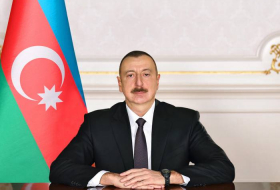Brent crude futures rose 54 cents, or 0.6%, to $87.20 a barrel by 0115 GMT while U.S. West Texas Intermediate crude was at $80.22 a barrel, up 54 cents, or 0.7%.
"It is not really clear yet what's happening in Iran, but any escalation there has the potential to disrupt crude flow," said Stefano Grasso, a senior portfolio manager at 8VantEdge in Singapore.
Ministers from the Organization of the Petroleum Exporting Countries (OPEC) and allies led by Russia, known collectively as OPEC+, are unlikely to tweak its current oil output policy when they meet virtually on Feb. 1.
Still, indication of a rise in crude exports from Russia's Baltic ports in early February caused Brent and WTI to post their first weekly loss in three last week.
On Saturday, China's cabinet said it would promote a consumption recovery as the major driver of the economy and boost imports, state broadcaster CCTV reported.
"We have Russia on the supply side and China on the demand side. Both can swing by more than 1 million barrels per day above or below expectation," said Grasso, formerly an oil trader with Italy's Eni.
"China seems to have surprised the market in terms of how fast they are coming out of zero COVID while Russia has surprised in terms of resilience of export volume despite the sanctions."
China resumes business this week after its Lunar New Year holidays. The number of passengers travelling prior to the holidays rose above levels in the past two years but is still below 2019, Citi analysts said in a note, citing data from the Ministry of Transport.
"Overall international traffic recovery remains gradual, with high-single to low-teens digits to 2019 level, and we expect further recovery when outbound tour group travel resumes on Feb. 6," the Citi note said.
More about:















































